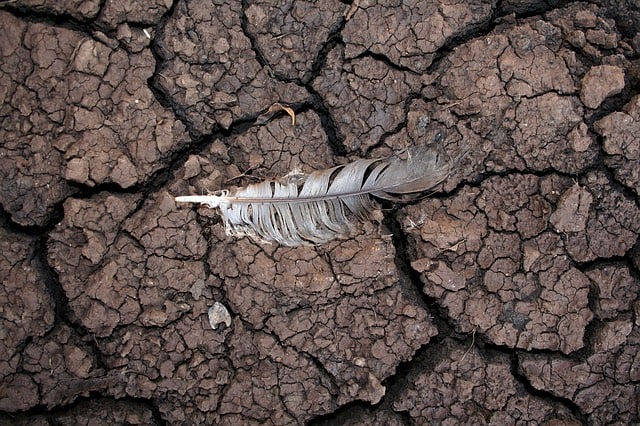Earth’s sixth mass extinction of wildlife is accelerating, as an analysis by scientists shows 500 species on the brink of extinction i.e., as many as were lost over the last century, and they warn it may be the point of no return for the collapse of civilization.
Land animal species, 500 and more in number, were found to be on the brink of extinction and are likely to be extinct within the next 20 years. The same number was lost over the entire previous century. Without the destruction of nature that is done by humans, this rate of loss would have taken thousands of years, the scientists said.
The land vertebrates that are on the verge of extinction include the Sumatran rhino, the Española giant tortoise, the Clarión wren, the harlequin frog, and there are fewer than 1,000 individuals left among them. Historical data was available for 77 of the species and as per the scientists, 94% of their populations had lost.
A domino effect is what the researchers also warned about, and that is with the loss of one species, others that depend on it over the edge are also at risk. “Extinction breeds extinctions,” they said, noting that extinction is irreversible, unlike other environmental problems.
Humanity depends on biodiversity for its health and wellbeing, scientists said, with the coronavirus pandemic serving as the testimony of the dangers of ravaging the natural world. According to them, the rising human populations, pollution, destruction of habitats, the wildlife trade, and of course, the climate crisis need to be tackled urgently.
“When humanity exterminates other creatures, it is sawing off the limb on which it is sitting, destroying working parts of our own life-support system,” said Prof Paul Ehrlich, of Stanford University in the US, and one of the research team. “The conservation of endangered species should be elevated to a global emergency for governments and institutions, equal to the climate disruption to which it is linked.”
“We are facing our final opportunity to ensure that the many services nature provides us do not get irretrievably sabotaged,” said Prof Gerardo Ceballos of the National Autonomous University of Mexico, who led the research.
The analysis, published in the journal Proceedings of the National Academy of Sciences, examined data on 29,400 vertebrate land species compiled by the IUCN Red List of Threatened Species and BirdLife International. A total of 515 species with populations below 1,000 identified by the researchers and fewer than 250 are remaining in the case of around 50% of these species. Most of these mammals, birds, reptiles, and amphibians live in tropical and subtropical regions.
Scientists discovered 388 species of land vertebrate that had populations under 5,000, and the vast majority (84%) lived in the same regions where the species with populations under 1,000 lived, and that had created the conditions for a domino effect.
Some known examples of this include the overhunting of sea otters, which were the main predators of kelp-eating sea urchins. Then rapid growth of urchins devastated kelp forests in the Bering Sea, leading to the extinction of the kelp-eating Steller’s sea cow.
The researchers think that their findings could help conservation efforts by highlighting the species and regions that require immediate attention.
Prof Andy Purvis, at the Natural History Museum in London, and not part of the new analysis, said: “This research provides another line of evidence that the biodiversity crisis is accelerating. The hardest problem [the researchers] faced is that we don’t know more about the history of species’ geographic distributions. They only had that information for 77 of the species on the brink, and we can’t know for sure how typical those species are.”
“But that doesn’t undermine the conclusion,” he said. “The biodiversity crisis is real and urgent. But – and this is the crucial point – it is not too late. To transition to a sustainable world, we need to tread more lightly on the planet. Until then, we are essentially robbing future generations of their inheritance.”
Prof Georgina Mace, of University College London, said: “This new analysis re-emphasises some startling facts about the extent to which vertebrate populations have been reduced worldwide by human activities.” However, she said she was not convinced that the best measure of a species being on the brink is merely having a population less than 1,000. She added, a declining trend for the population is also vital and both factors are used in the IUCN Red List.
“Action is important for many reasons, not least of which is that directly and indirectly we rely on the rest of life on Earth for our own health and wellbeing,” she said. “Disrupting nature leads to costly and often hard-to-reverse effects. Covid-19 is an extreme present-day example, but there are many more.”
Mark Wright, the director of science at WWF, said: “The numbers in this research are shocking. However, there is still hope. If we stop the land-grabbing and devastating deforestation in countries such as Brazil, we can start to bend the curve in biodiversity loss and climate change. But we need global ambition to do that.”






